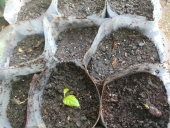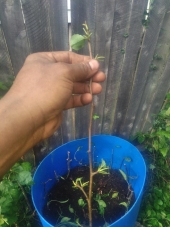
 1
1




Other people may reject you but if you lie in the forest floor for long enough the moss and fungi will accept you as one of their own!
 3
3




Visit Redhawk's soil series: https://permies.com/wiki/redhawk-soil
How permies.com works: https://permies.com/wiki/34193/permies-works-links-threads










Other people may reject you but if you lie in the forest floor for long enough the moss and fungi will accept you as one of their own!
 1
1




SKIP books, get 'em while they're hot!!! Skills to Inherit Property










Other people may reject you but if you lie in the forest floor for long enough the moss and fungi will accept you as one of their own!
 2
2














Other people may reject you but if you lie in the forest floor for long enough the moss and fungi will accept you as one of their own!
 3
3










 2
2




Other people may reject you but if you lie in the forest floor for long enough the moss and fungi will accept you as one of their own!
 3
3




A build too cool to miss:Mike's GreenhouseA great example:Joseph's Garden
All the soil info you'll ever need:
Redhawk's excellent soil-building series





 1
1




 1
1




William Bronson wrote:
The whole plot is full of stones.
Maybe I can get by digging till I hit rock, setting the tree in the hole and mounding up from there with wood chips.
A build too cool to miss:Mike's GreenhouseA great example:Joseph's Garden
All the soil info you'll ever need:
Redhawk's excellent soil-building series











 1
1




Other people may reject you but if you lie in the forest floor for long enough the moss and fungi will accept you as one of their own!
 1
1













|
Slideshow boring ... losing consciousness ... just gonna take a quick nap on this tiny ad ...
GAMCOD 2025: 200 square feet; Zero degrees F or colder; calories cheap and easy
https://permies.com/wiki/270034/GAMCOD-square-feet-degrees-colder
|


